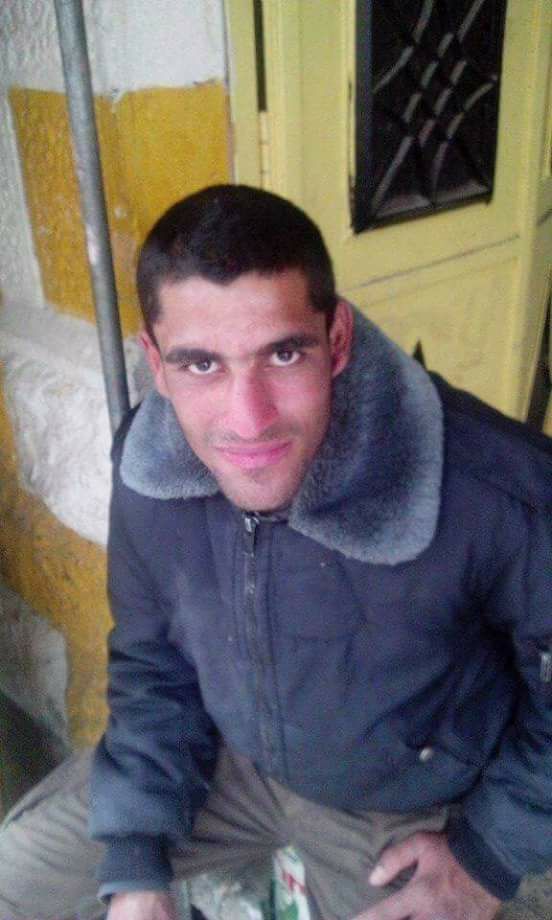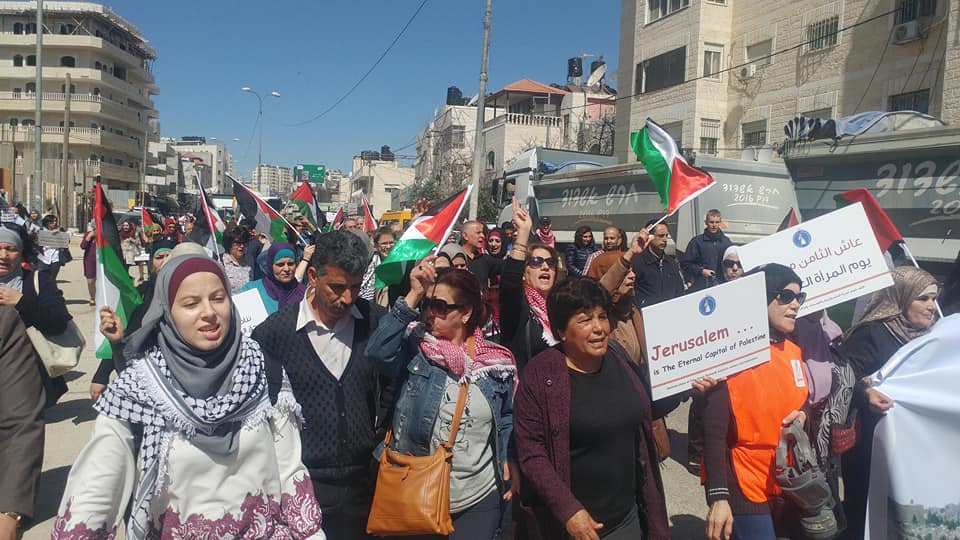Category: Reports
-
Resistance & Death in al Khalil/Hebron
9th March 2018 | International Solidarity Movement, al Khalil team | Occupied Palestine Friday at around 16.00, 24-year old Al Khalil resident Mohammad Zain al-Jabari was shot and killed by armed Israeli occupational forces during smaller clashes in Al Khalil, Hebron. He leaves behind his wife and his 4-year-old child. Al-Jabari was hit in the…
-
International Women’s Day march met with tear gas and stun grenades by Israeli occupation forces
7th March 2018 | International Solidarity Movement, al Khalil team | Occupied Palestine International Women’s Day kicked off today outside Youth Qalandia Club with Palestinian women, men and Internationals marching together to the gates of infamous Qalandia checkpoint in protest of the ceaseless Israeli military occupation and basic human rights. Half way through the march,…
-
Occupation forces invade downtown al-Khalil / Hebron arresting two teens from a shop
3nd March 2018 | International Solidarity Movement, al Khalil team | Occupied Palestine Israeli soldiers invaded Bab-al-Zawiye today as young people protested the illegal occupation of Palestine. The soldiers used cameras with zoom lenses to photograph the protesters for well over an hour. Israel controls the population register of all Palestinians with a restrictive system…



